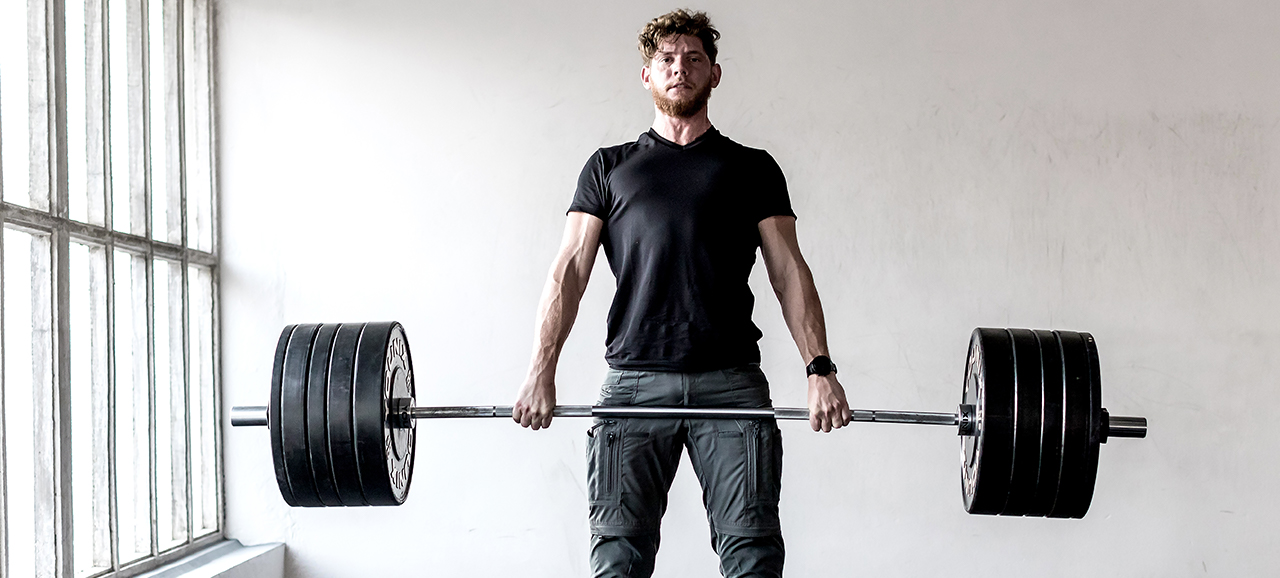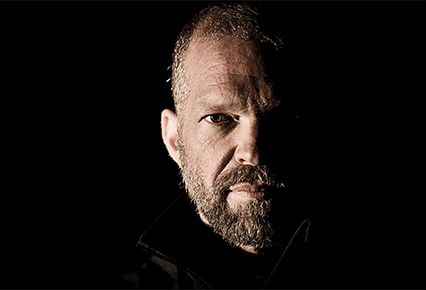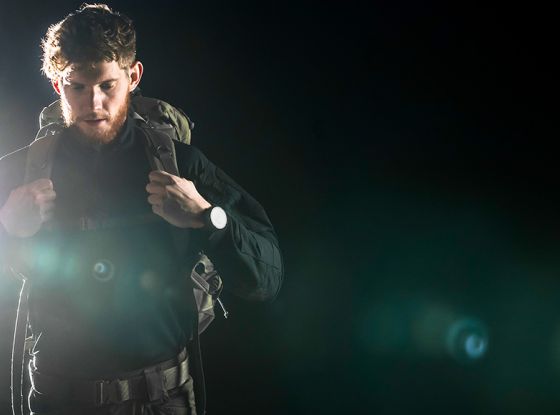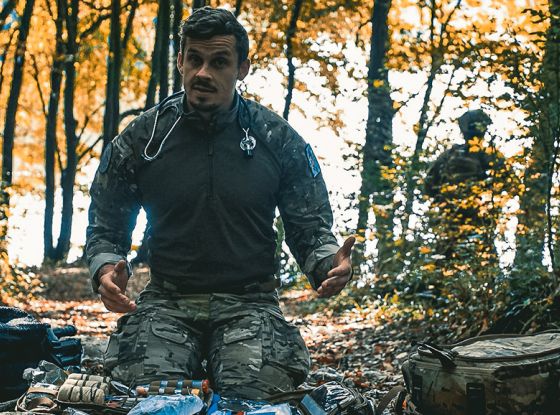SF selection candidates must be in exceptional physical condition to pass. Reaching that high level of physical fitness can at first seem like an overwhelming task. In this post, our expert, Mike, shares his physical preparation insights and explains how you can maximise the effectiveness of your training.
In this blog post:
Introduction
In this post, we’re going to talk about physical preparation, principles, and overall concept. It’s about mission-relevant functional training to achieve your best overall performance and efficiency with regard to the things you need to do.
One thing to note is that the performance of your body is more than just the sum of its parts.
To increase your performance, we will use full body movements through all planes of motion. These will be in contrast to, for example, bodybuilding where you would use isolated movements. These will also be in contrast to, say, powerlifting, where you use one-dimensional exercises.
Training muscle through its full spectrum—which means concentric, eccentric, and isometric exercises—is key to preparing for the SF selection process. So is figuring out the specific tasks that you need to be good at, which is why you should always select movements applicable to the tasks you’ll be performing.
Training techniques
You need to get rid of any dysfunction before you start putting on lots of strength. Because, for example, having bad range-of-motion in your squat will lead to an injury if you start adding more weight to it.
You should always train through the full range-of-motion (doing so will help you prevent injuries in many real-life situations).
Train yourself to recover quickly from workout fatigue and from injuries you sustain while exercising. Why? Because if you get knocked down during the SF selection process, you’d better be able to get right back up, shake it off, and move on. Otherwise, you’ll be marked a failure and booted out.
When you do an exercise, make sure it gives you more than a single result. Riding a bike or rowing will increase your endurance, but those are very one-dimensional exercises if neither is something you’ll be tasked with doing during the actual SF selection process.
Far better to go running, because you’ll almost surely be doing that as part of the selection process (for that reason, running is considered a multidimensional exercise that not only increases your endurance but also helps improve your selection performance technique).
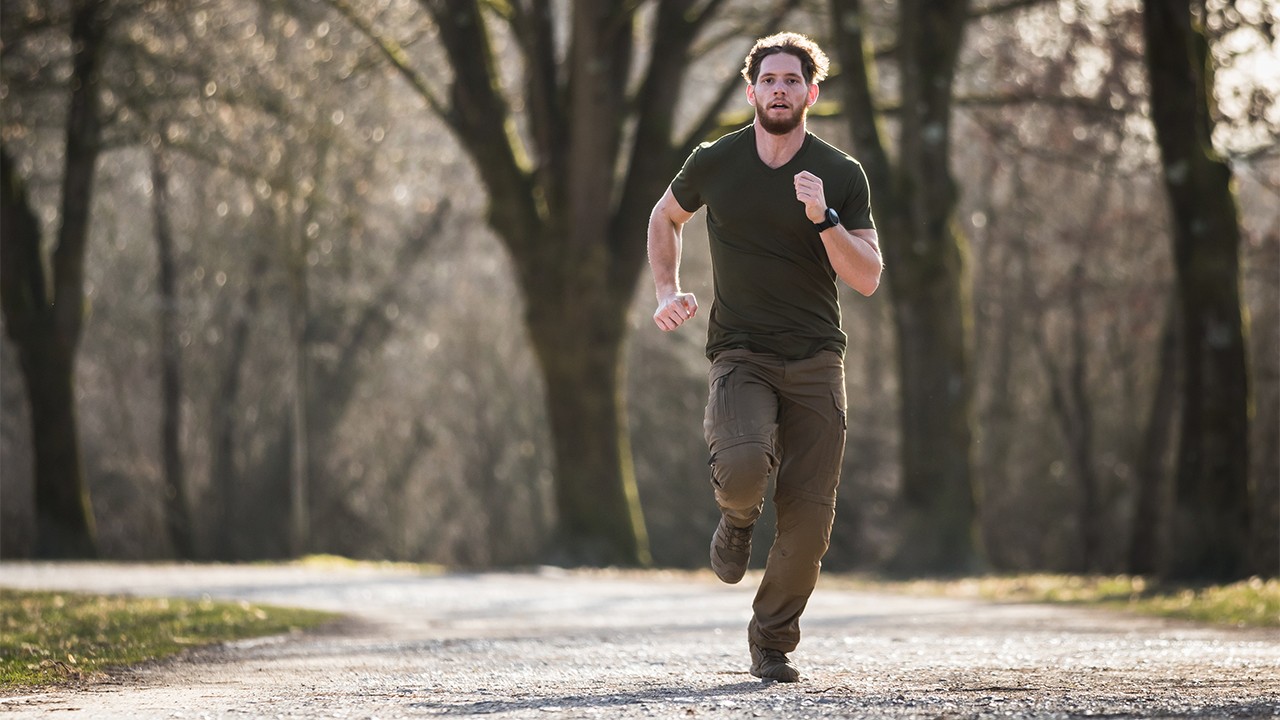
Many guys like to be big, so when they exercise they do it to look good. Being big is certainly not bad. But remember, if you’re working to make yourself big or bigger, you’ll have to carry around on the selection testing grounds all that extra size. It’s going to slow you down and work to your disadvantage. Your best bet is simply to work on and improve your athleticism.
The trick in physically preparing for SF selection is to challenge your body by progressively increasing the intensity of the workouts without overtraining. Mission-specific functional training will help you avoid overtraining. It also will benefit your posture, balance, stability and mobility, plus decrease your risk of injury.
Let's now take a look at some of the more important concepts underlying SF selection training.
‘Greasing the groove’
“Greasing the groove” is a concept which emphasizes that most strength is built by improving the action of the nervous system.
Basically, this means getting the nervous system to do more activating of muscle fibres than growing them.
Here’s how you make this happen. First, you start with an amount of weights that allow you to perform no more than five repetitions per set.
Then, when you can do those five reps and feel like you could go beyond that limit, increase the intensity of the exercise by increasing the amount of weight you’re using. For example, wear a weighted vest while doing pushups and pull-ups. The additional weight should recruit enough muscle fibre to increase your strength.
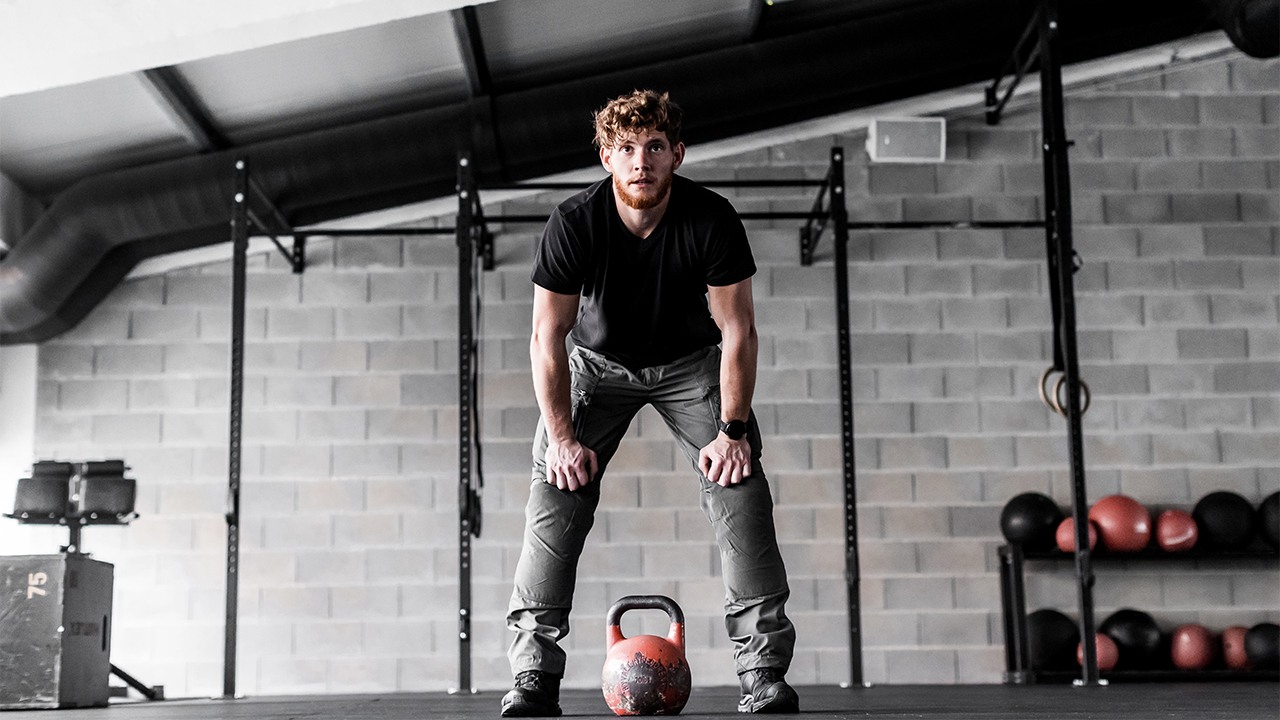
However, never increase the intensity to the point that it causes your technique to suffer. Perfection is obviously a state you can never achieve, but that shouldn’t stop you from pursuing it. So, whenever you do a movement, do it as correctly as you can.
Every time you do a movement correctly, it will program your nervous system as well as your subconscious (so that even under stress you can still access the technique without having to consciously think about it).
Humans can’t multitask. The best we can do is stack tasks. But you can never do two things at the same time. So while you won’t be able to achieve perfection, you are able to achieve vetrocity (which means you can perform common tasks uncommonly well—known as “perfection in the basics”).
The order in which you train is this: master the technique, then add repetitions until you can perform the technique almost perfectly for around 15 reps, and finally add intensity to increase the challenge to your body.
Super-slow repetitions
Super-slow repetitions are where you perform a single movement and extend the time required to complete it by up to 60 seconds on the concentric and eccentric phases.
Doing super-slow repetitions helps you understand the movement, see where the sticking points are, and integrate all involved muscles into a fluid motion.
Performing complex movements in this way also prevents the aging process in the brain. For this reason, we will also include complex movements in our training plan.
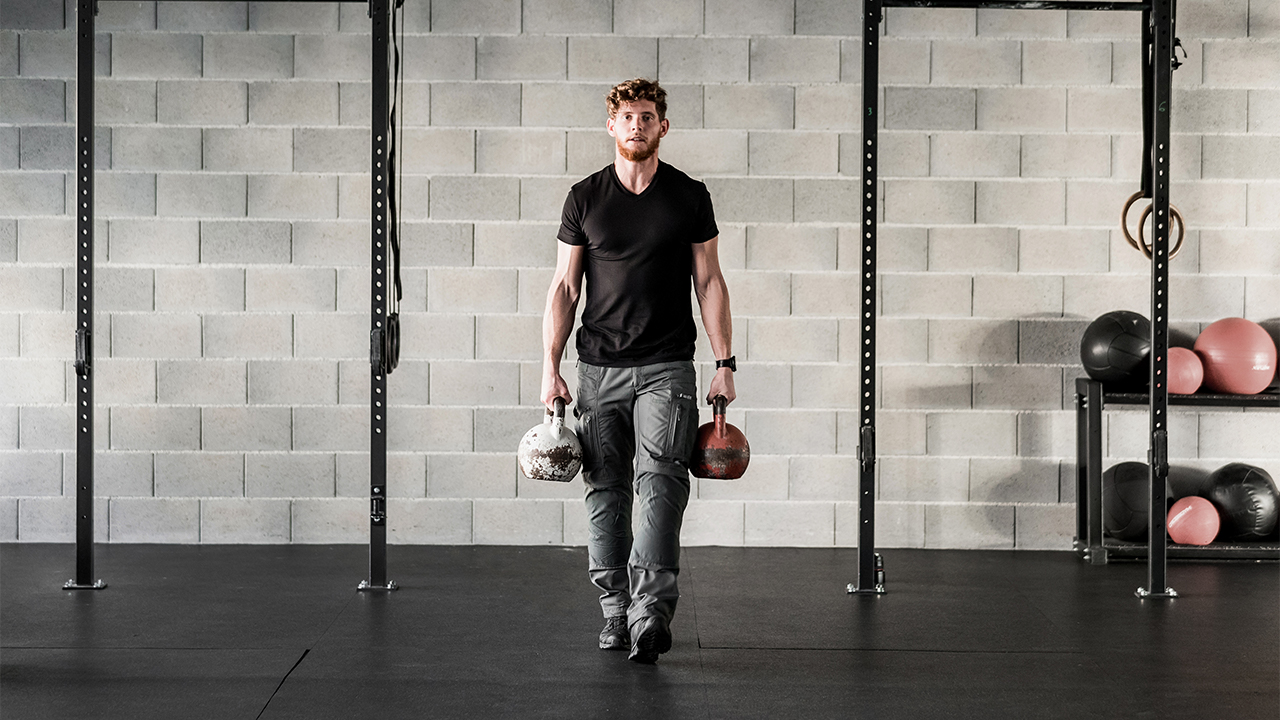
Unilateral vs. bilateral movements (i.e. lunges vs. squats)
I generally prefer unilateral movements because they mimic those of real life. Bilateral movements rarely do. This isn’t to say that I avoid bilateral exercises. Certain of them I like very much, such as power clean (which is great for developing raw strength).
Bodybuilders build muscle by working the muscle until it fails. But since we are training for performance, we don’t want to wear out the muscles. Another reason we also don’t want them wearing out is because that increases recovery time.
Injury prevention
Next, let’s look at injury prevention. We’ll use squats as an example. During training, you should strive for perfect form but also include positions that are slightly in poor form. In this way you’ll mimic accidents like stumbling, for example.
- First, know what to do. This requires you to develop technique or motor control.
- Second, learn how to do it. Footwear changes the position of your feet, so it’s good to occasionally train while wearing your regular work boots rather than gym shoes.
Overview of training exercises
Here’s a breakdown of the types of exercises you need to include in your training routine when preparing for SF selection:
Warmups
A good warmup is arguably the most important part of your daily training routine. Here, you are trying to increase your core temperature, move your limbs through all ranges of motions, and use relevant movements. The warmup is broken down into:
- Mobility drills. These increase range of motion and relax tight muscles.
- Activation drills. For waking up muscles normally unused during the day.
- Dynamic exercises. Readies the whole body.
Core training
Core strength is the primary developmental building block with which we’re working. It absolutely needs to be in place. When it is in place, strength radiates from the glutes and hip muscles into the limbs.
Strength training
Divided into two parts: absolute strength and relative strength.
Absolute strength is the maximum weight you can carry, while relative strength is the weight you are able to move based on your body weight.
Power or dynamic-strength training
Power is a combination of strength and speed. To increase power, you need to be working on explosive strength from a dead start. You also need to be working on dynamic strength during movement plus elastic rebound ability.
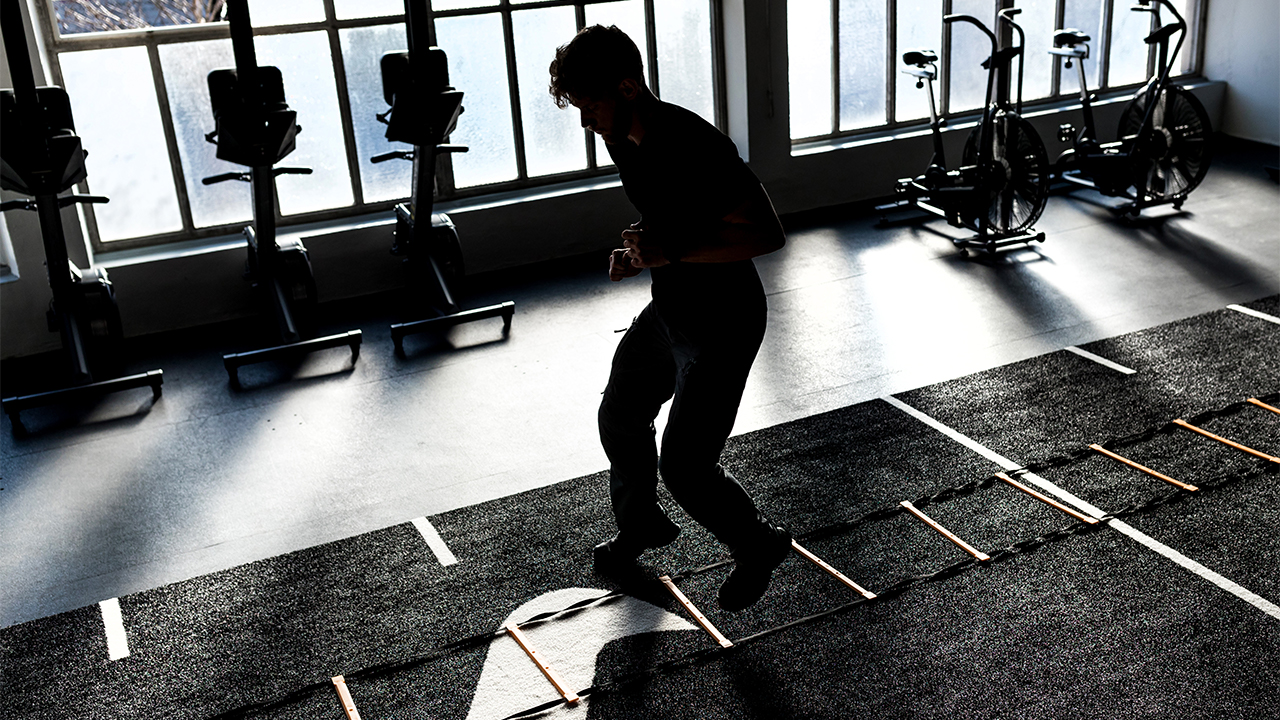
Quickness training
Speed and quickness are about acceleration, deceleration, and change of direction. You should also include environmental challenges when you are training for speed and quickness—train on wet grass or snow, for example.
Agility and movement skills training
These help you move down, back up, navigate obstacles, and move your position in general.
Endurance and energy systems let you perform a certain action or movement for as long as your body has enough ATP. There are multiple different ways your body replenishes ATP. Ideally, your body would use energy from fat. But, to do that, your body needs to be keto-adaptive.
Long-distance training
We won’t examine long-distance training in detail because it takes a huge amount of training time. Instead we’re going to focus on High Intensity Interval Training, also known as HIIT. HIIT training is up to 20 times more efficient than long-distance training.
Endurance training
Before you start endurance training, you should do some skills and drills to increase performance and reduce the chances of injury. The majority of endurance training is done in the heart range of minimum 80 percent. We will use shorter distances than the distance for which you need to prepare, but we’ll use that shorter distance more often and at higher speed.
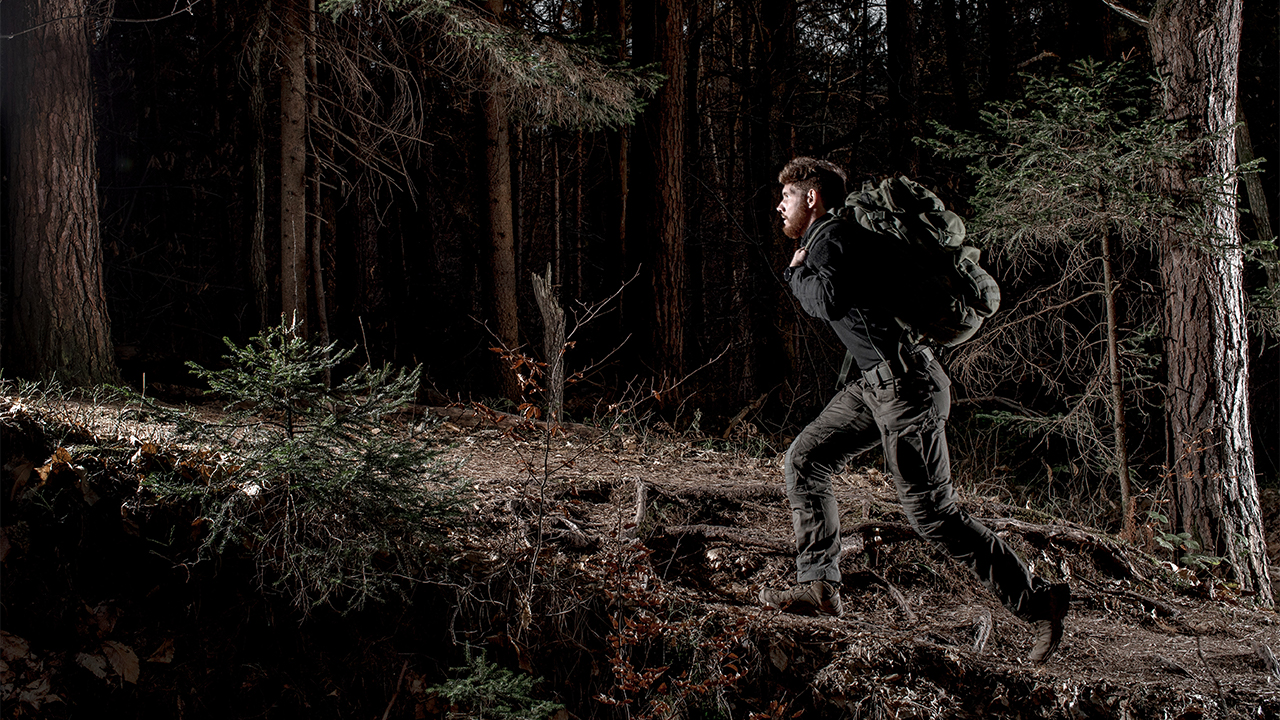
Rucking (training with a backpack)
This is one of the most important training exercises. I’ve never heard anyone wish they’d spent less time rucking.
The most important thing to remember about rucking is your feet. Properly conditioned feet have a lower risk of developing blisters.
There is no better way to toughen the skin of your feet than rucking. For that reason, you’re going to have to put in the kilometres. So, you’ll need comfortable boots (new ones may take a long time to properly break in). Also, always carry an extra pair of socks so you can change into dry ones if those you’re wearing become soaked (wet socks create conditions that encourage development of blisters). Try different types of socks to find out which give you the most comfort and best performance.
Grip-strength training
Grip strength is the force your hand has available to grab onto something and help you lift, pull, or clasp it. For SF selection purposes, the minimum standard of grip strength is being able to dangle from an overhead bar for two minutes.
When training to develop grip strength, don’t use grip accessories—these won’t help you. Instead, go with heavy carries. You can do them at the end of a workout. You can also do them during the workout in lieu of a rest period.
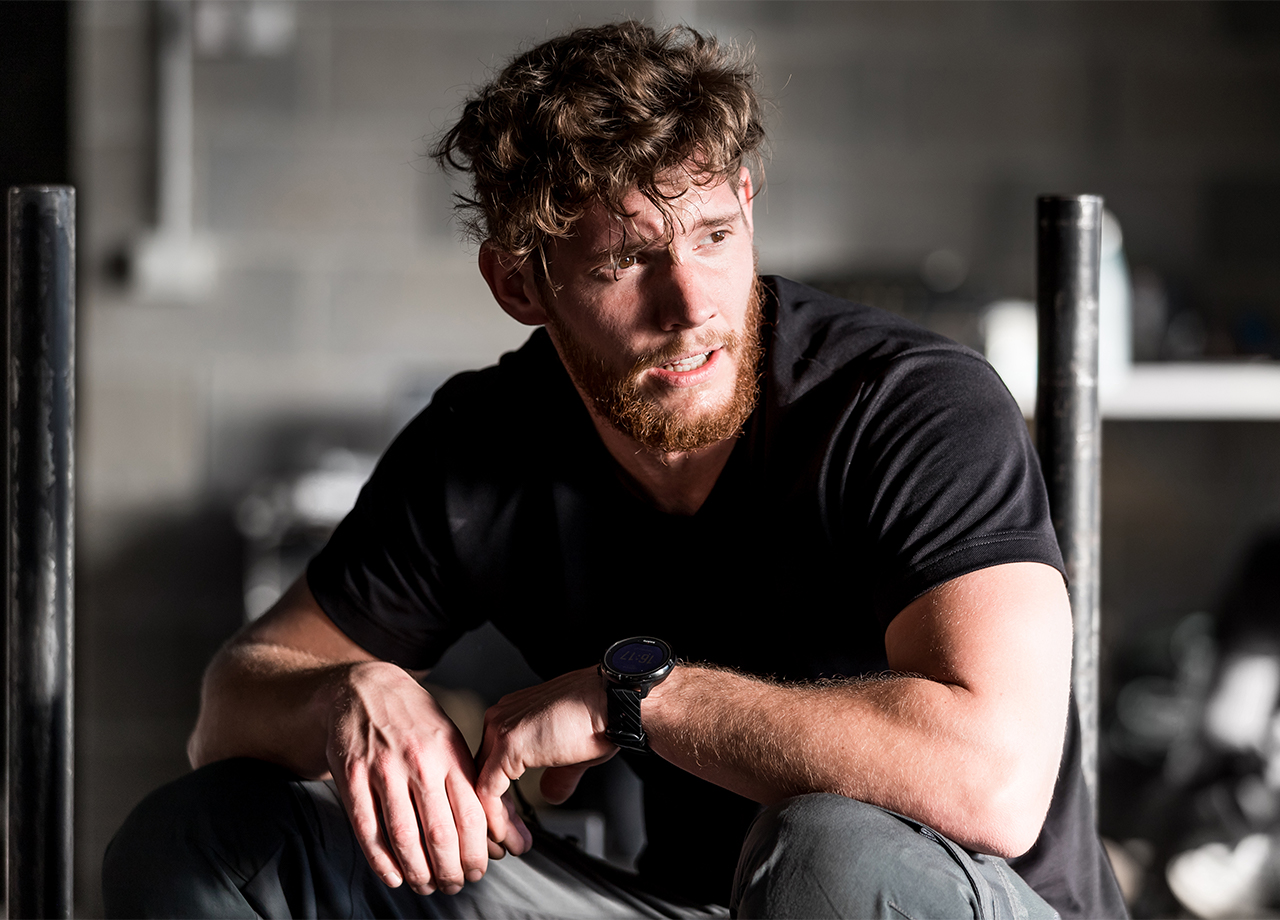
Recovery after training
Let’s also talk about recovery for a moment.
Hot training—which is what you’ll do in these exercises—usually produces aches and pains.
The pain you feel rarely comes from the joints, but either upward or downward from the joints.
A good tool for providing relief is a foam roller. It helps relax thighs and other big muscles. When using the roller, work it near the joints to check for signs of pain. Some muscle groups aren’t easily reached with a foam roller—for those I recommend instead using a lacrosse ball.
The sensitive areas that you find while checking with the roller are called “trigger points”. To remove a trigger point, use the lacrosse ball to apply direct pressure over the sore spot. Caution: this can be quite painful.
Ice baths are popular, but they might not be the right choice for you. They reduce inflammation, which reduces pain. But the cold also reduces the effects of the training—and that’s not anything you should want to forfeit ahead of an SF selection test.
If you’re going to take an ice bath, wait at least 48 hours after your last training. And, really, the reason for submerging yourself in ice water isn’t to relieve pain but to achieve cold adaptation.
Do you have access to a sauna? If yes, then by all means use it. The heat will help accelerate your recovery from training.
Sleep is also extremely important for your recovery. People who perform exercise at the level you will during SF selection prep generally need between six-and-a-half to nine hours of daily sleep. If you can’t get that much sleep-time, a staggered series of short naps can provide adequate supplemental bedrest.
Make sure the sleep you get is restful and good quality, not just the requisite number of hours. Avoid looking at blue light (like that emanating from your mobile phone) at least 90 minutes before laying down to slumber. The room in which you sleep should be dark and free of electronic devices.
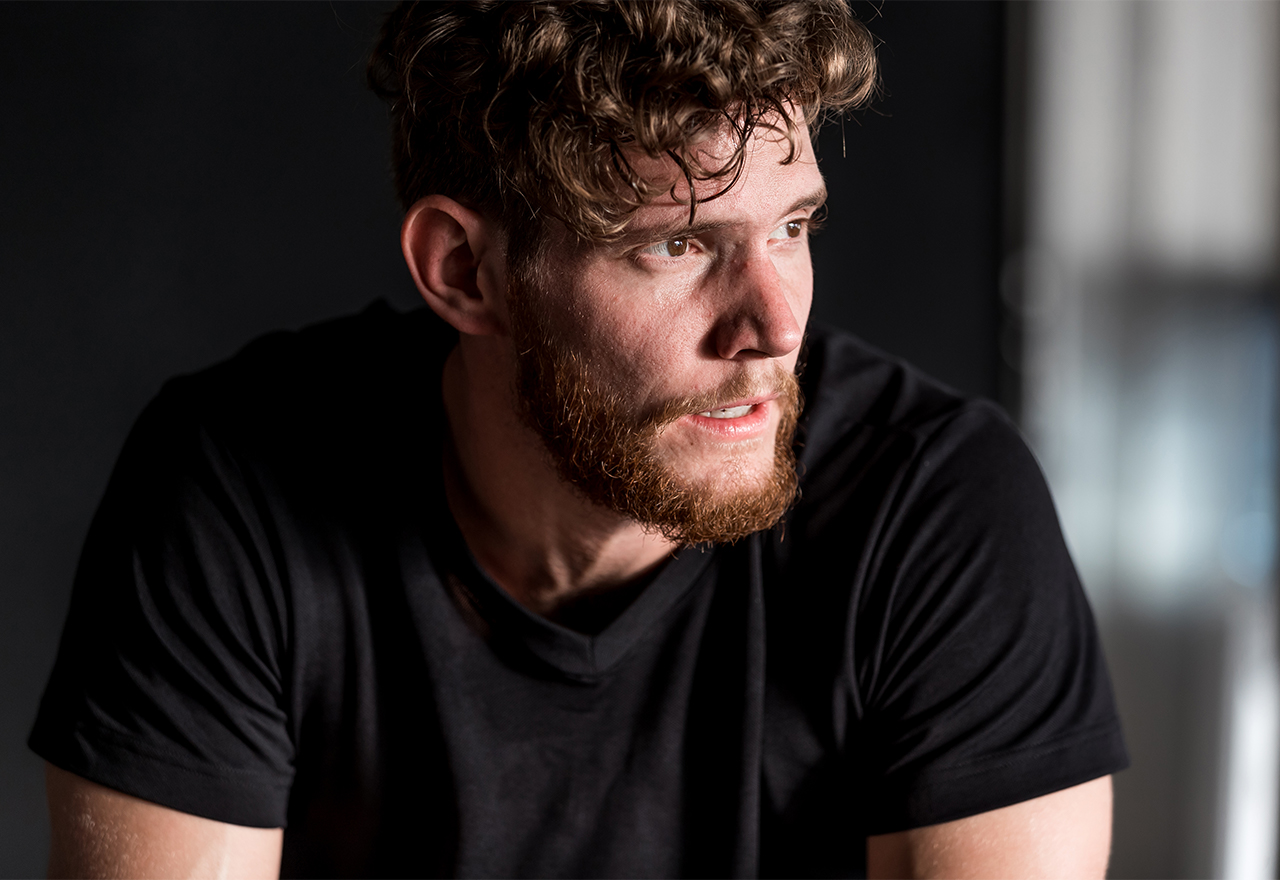
Breathing techniques can also help you recover from intensive training. Getting control over your breathing helps you lower your heart rate.
Meditation is also good for your recovery because it helps relax your entire body. There’s research to suggest it may also increase blood flow to parts of your body most in need of it.
And, of course, you need to be aware of the role nutrition plays. Nutrition is divided into food and supplements (by food, I mean good and wholesome stuff, not packaged junk).
Starting right now, cut from your diet sugar and alcohol.
I am not a big fan of supplements—I much prefer to get my nutrients from real food. However, if your diet isn’t giving you enough vitamins and minerals, then I recommend you take supplements.
But be careful: many supplements produce side effects, which can put you at a disadvantage during the SF selection process (try out any new supplements before you start preparing for SF selection; that way if any of them cause problems you can discontinue them without affecting the preparations ahead).
Conclusion
The final step is to conduct a trial run of the physical fitness test. Do this shortly before the date you begin the official SF selection process. The trial run should consist of all the same routines the examiners will make you perform—and you should do them in the exact same order with the exact same rest periods as in the real deal.
At the selection, the physical performance tests will probably be run under less-than-ideal conditions. In fact, the conditions may end up being pretty dismal. That, of course, is so the examiners can accurately see what you’re made of. You should conduct your trial runs accordingly.

